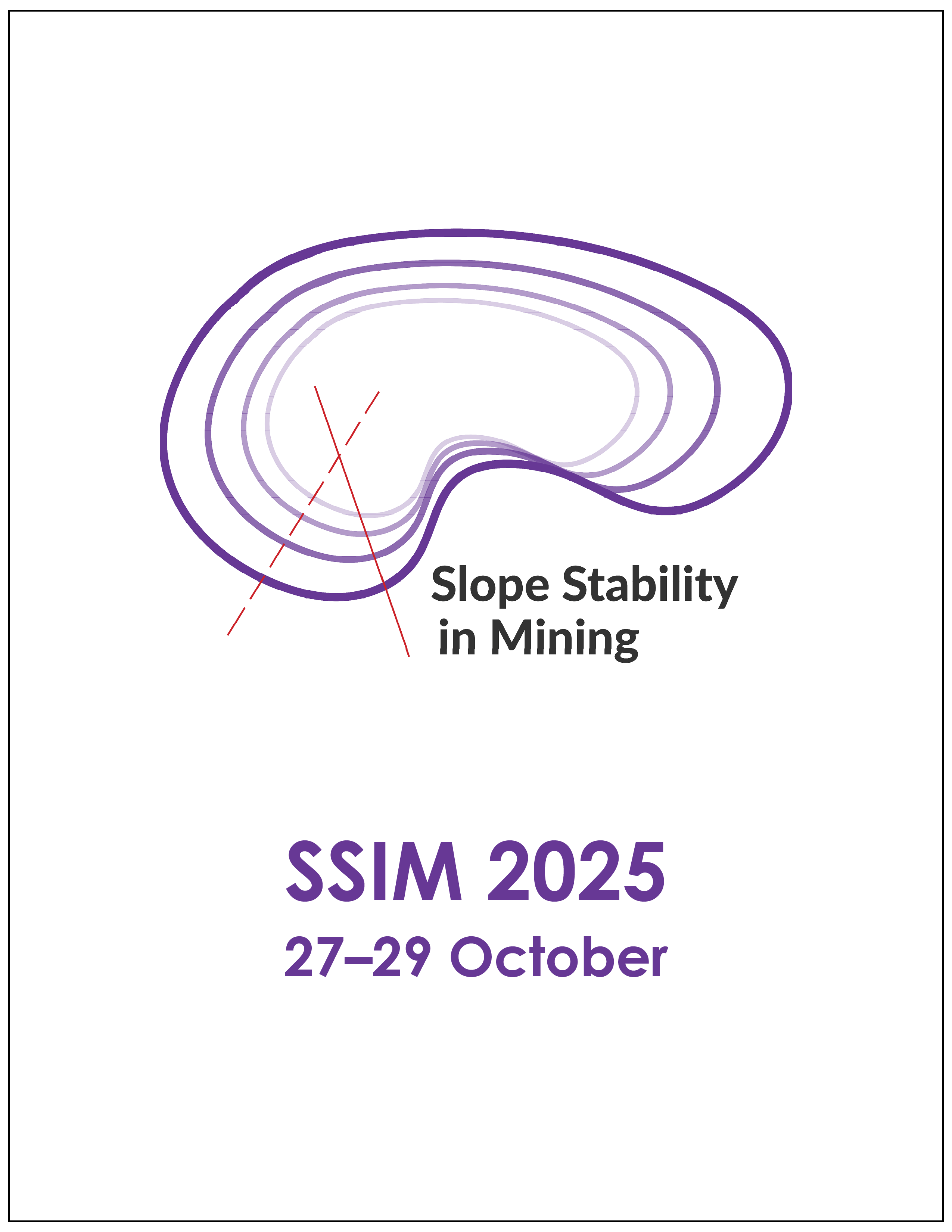Geotechnical risk assessment for the Orapa Mine Cut 3 feasibility study pit slope design

|
Authors: Arunachellan, Y; Gabanakgosi, L; Valerio, M; Rougier, M; Torkanfar, N |
DOI https://doi.org/10.36487/ACG_repo/2535_15
Cite As:
Arunachellan, Y, Gabanakgosi, L, Valerio, M, Rougier, M & Torkanfar, N 2025, 'Geotechnical risk assessment for the Orapa Mine Cut 3 feasibility study pit slope design', in JJ Potter & J Wesseloo (eds), SSIM 2025: Fourth International Slope Stability in Mining Conference, Australian Centre for Geomechanics, Perth, https://doi.org/10.36487/ACG_repo/2535_15
Abstract:
A comprehensive pit slope design risk assessment was undertaken to evaluate the economic and safety risks associated with the Orapa pit's Cut 3 pushback design. The assessment focused on geotechnical risks and employed a failure mode, effects, and criticality analysis (FMECA) to evaluate these risks and establish effective control measures. The risk assessment method followed a structured four-stage approach: context definition, risk identification and analysis via FMECA, risk evaluation and treatment, and detailed reporting. Data reliability assessment played a key role in the analysis. A scoring system from 1 (low) to 5 (high) was used to quantify reliability. High-reliability data enables a better understanding of slope conditions, improving the accuracy of the risk assessment. Conversely, low-reliability data increases the likelihood of misjudging failure potential. The reliability evaluation process considered field and laboratory data collection methods, qualitative and quantitative interpretation techniques, and inherent uncertainties. There were 25 distinct geotechnical risks identified through the FMECA process. Each risk was assigned a priority based on the evaluated risk priority number (RPN), which considered existing preventative and operational controls. Critical failure mechanisms assessed included toppling, wedge, planar, and rock mass failure components. Geotechnical risk zones within the pit were delineated and a colour-coded map by RPN was generated, allowing medium- and high-risk areas to be easily identified and visualised. Recognising the importance of continuous improvement, the study documented limitations and gaps identified in existing data, models, and processes. Mitigative actions were recommended to address these gaps, including refining geological and structural models, conducting supplementary geotechnical investigations, enhancing the understanding of hydrogeological conditions, improving surface water management strategies, and optimising slope monitoring programs. Ultimately, this study delivered a robust framework for identifying and managing geotechnical risks to support the implementation of safe and economically viable open pit operations.
Keywords: feasibility study, risk assessment, FMECA, geotechnical risks, pit design, risk mitigation
References:
Dunn, MJ 2015, ‘How reliable are your design inputs?’, in Y Potvin (ed.), Design Methods 2015: Proceedings of the International Seminar on Design Methods in Underground Mining, Australian Centre for Geomechanics, Perth, pp. 367–381,
Field, M, Gibson, JG, Wilkes, TA, Gababotse, J & Khujwe, P 1995, The Geology of the Orapa A/K1 Kimberlite, Botswana: Further Insight into the Emplacement of Kimberlite Pipes, Debswana Orapa Mine.
Field, M, Stiefenhofer, J, Robey, J & Kurszlaukis, S 2008, ‘Kimberlite-hosted diamond deposits of southern Africa: a review’, Ore Geology Reviews, vol. 34, pp. 33–75.
Hadjigeorgiou, J & Harrison, JP 2011, ‘Uncertainty and sources of error in rock engineering’, paper presented at 12th International Society for Rock Mechanics, Beijing.
McMahon, BK 1985, ‘Geotechnical design in the face of uncertainty’, Australian Geomechanics Society News, no. 10.
© Copyright 2025, Australian Centre for Geomechanics (ACG), The University of Western Australia. All rights reserved.
View copyright/legal information
Please direct any queries or error reports to repository-acg@uwa.edu.au
View copyright/legal information
Please direct any queries or error reports to repository-acg@uwa.edu.au

